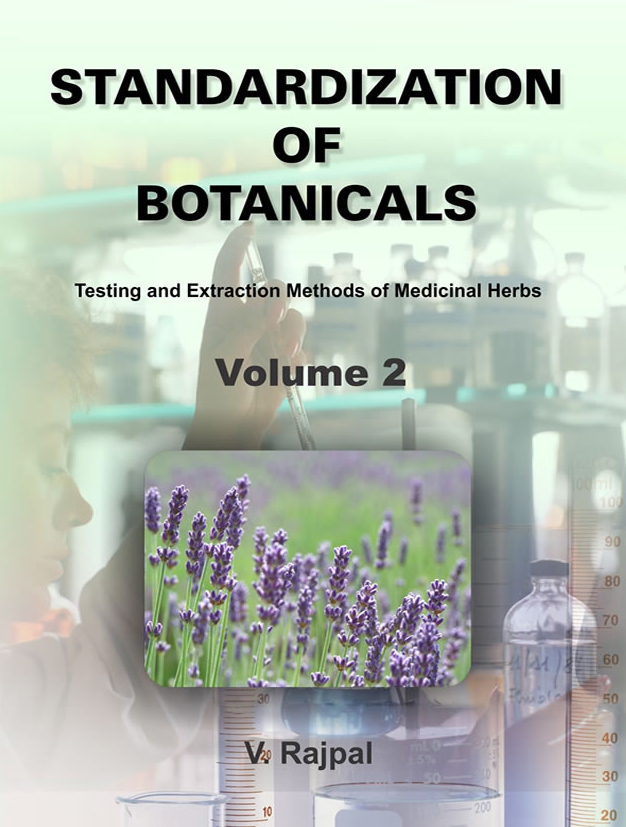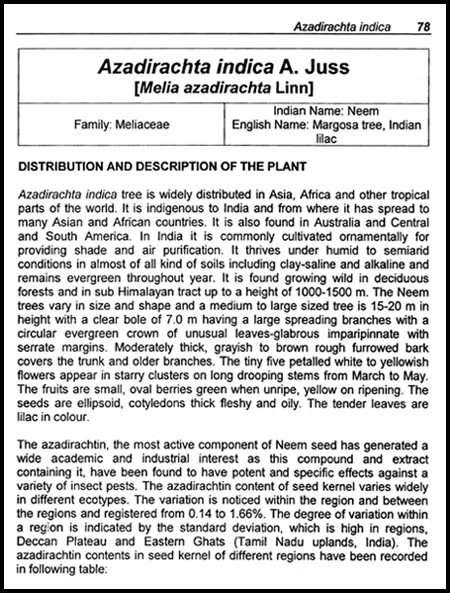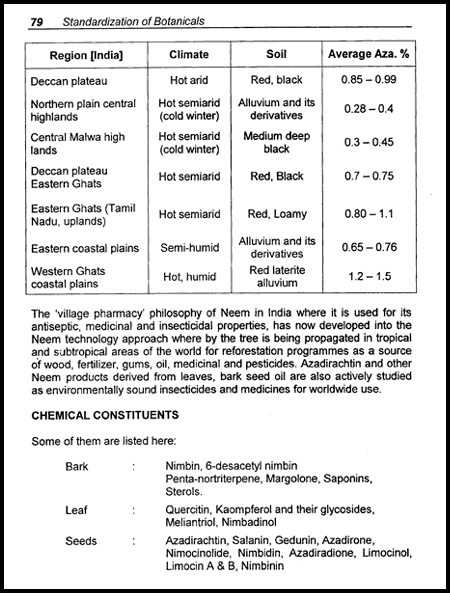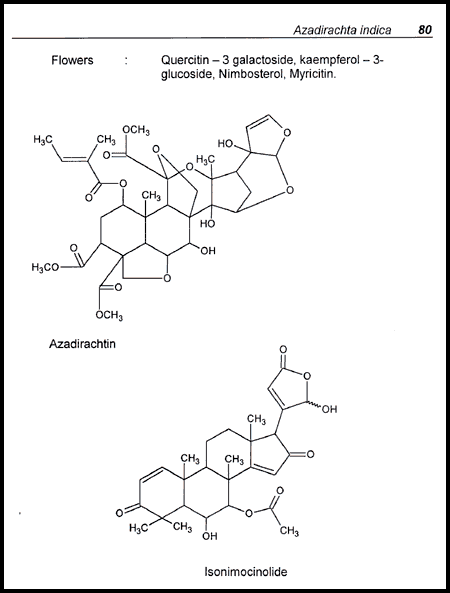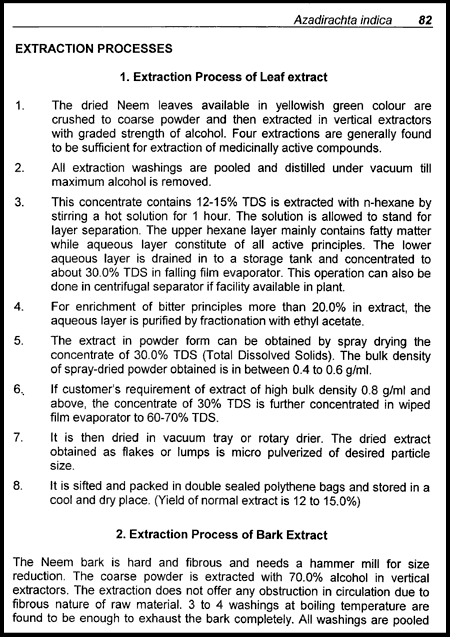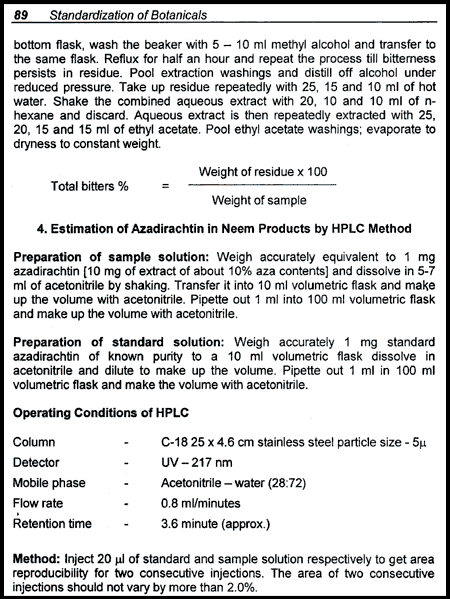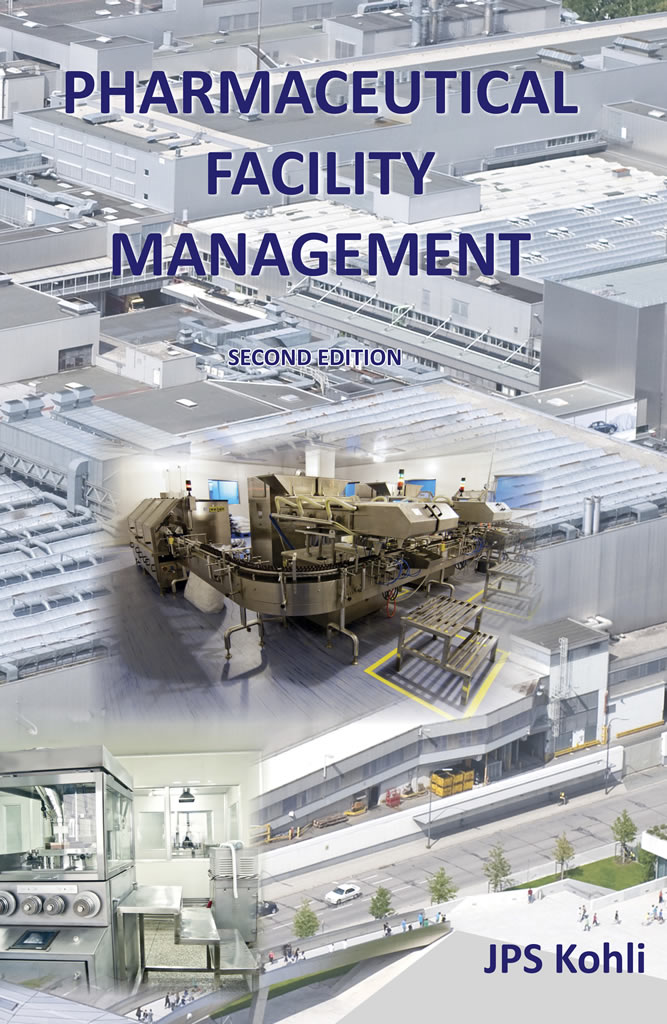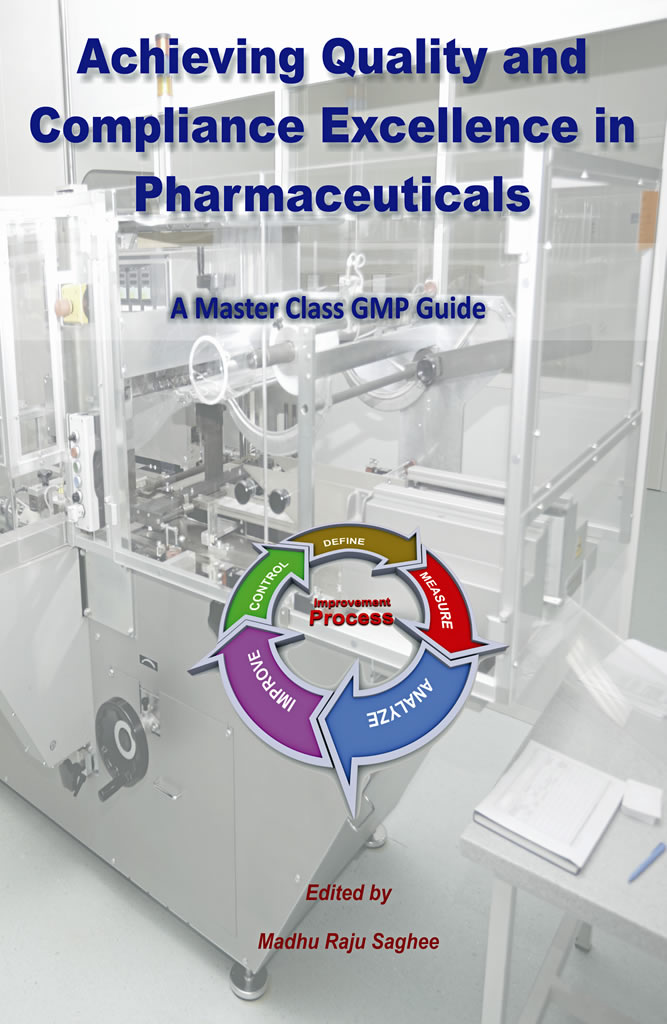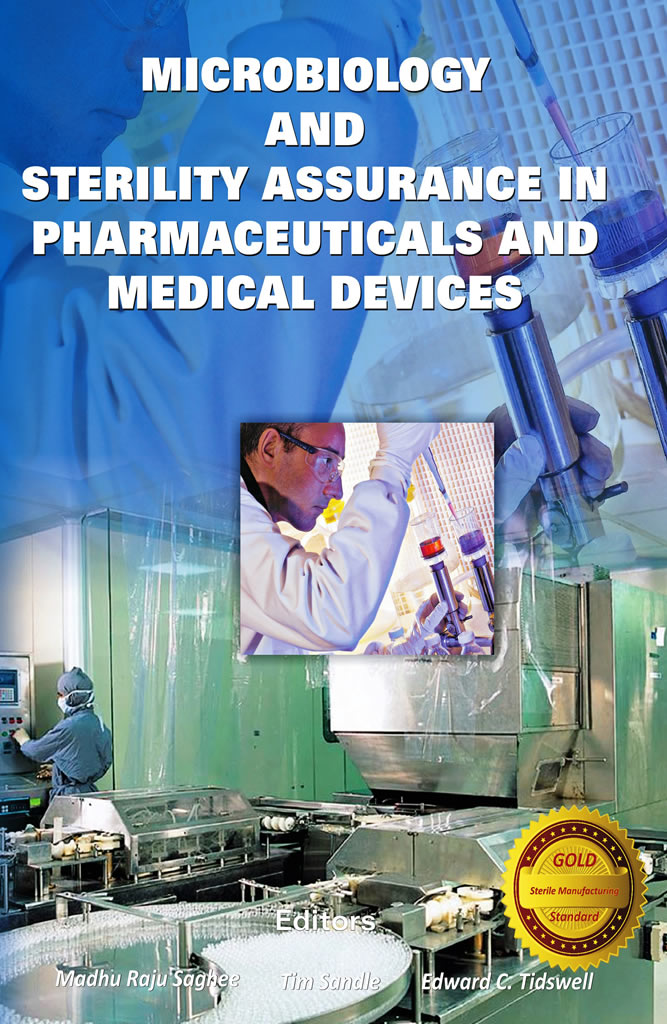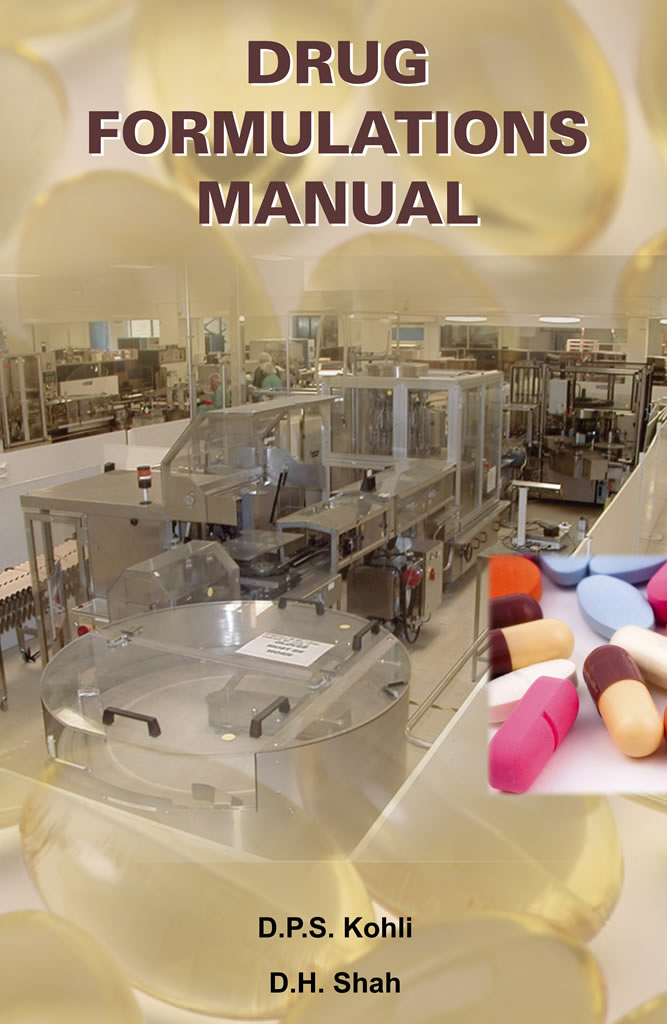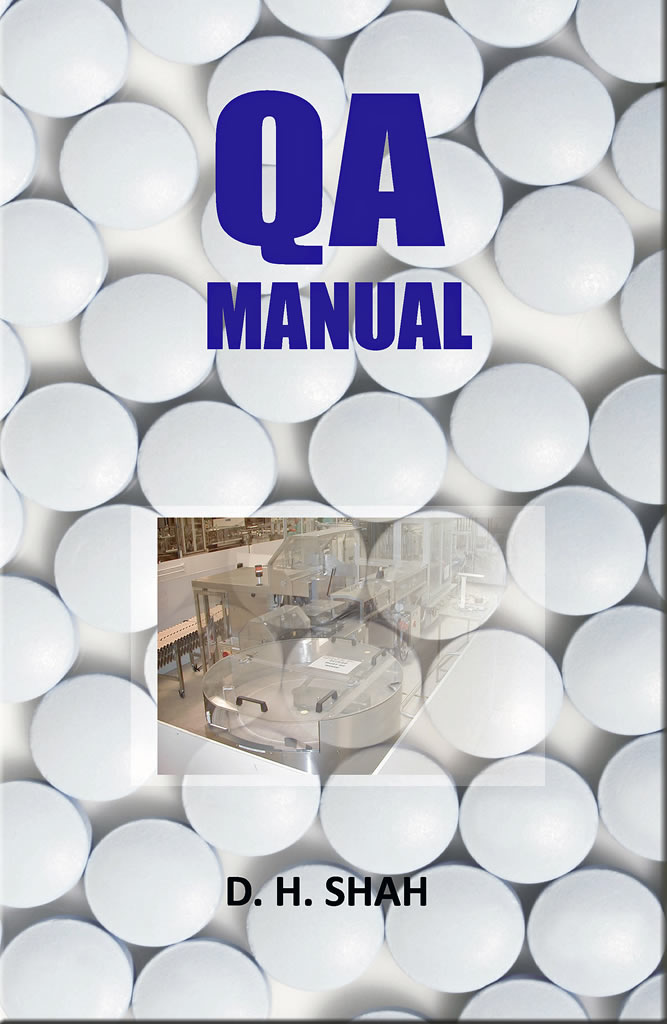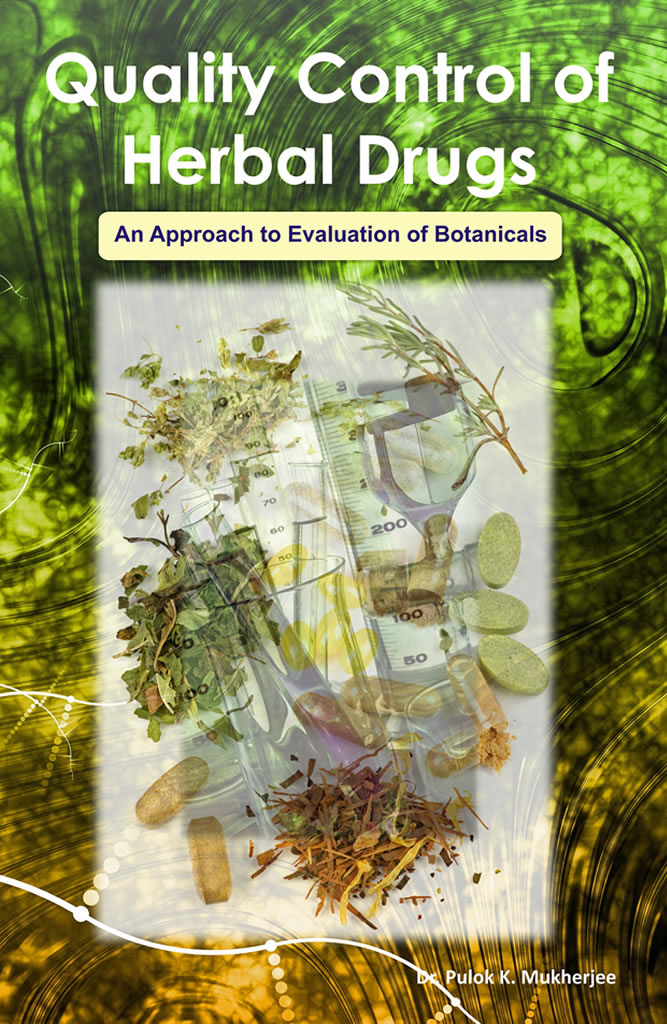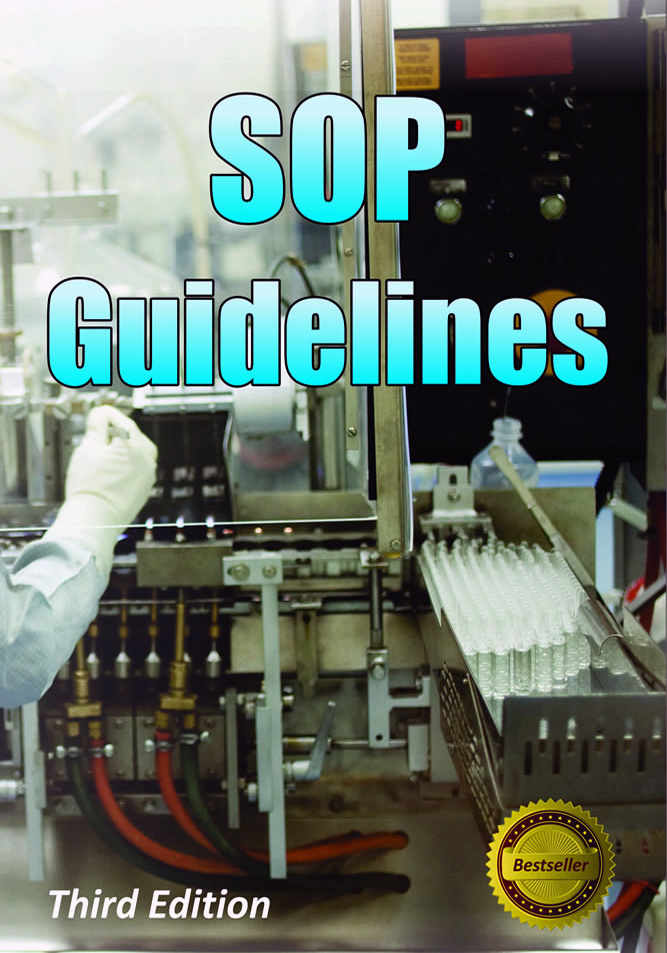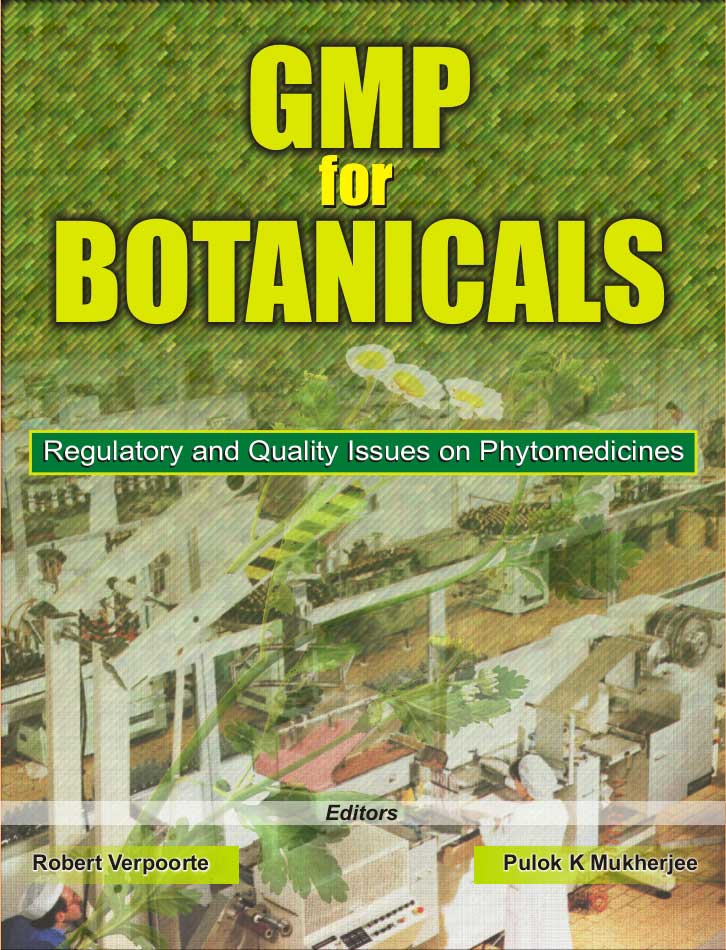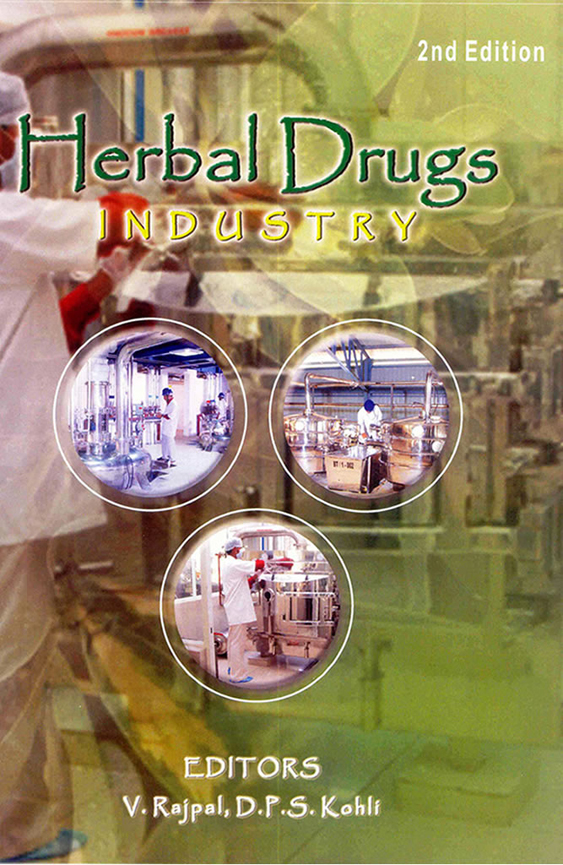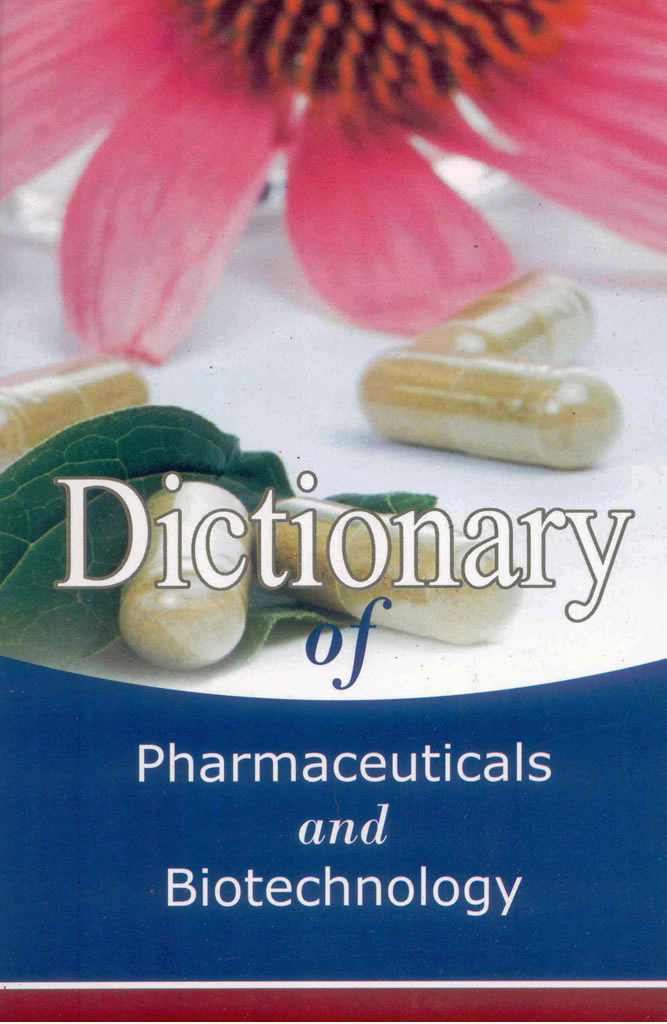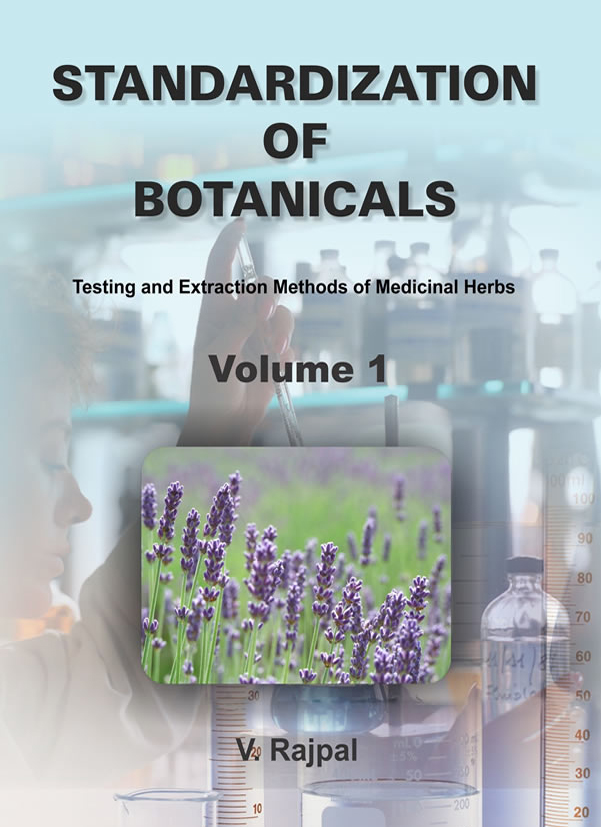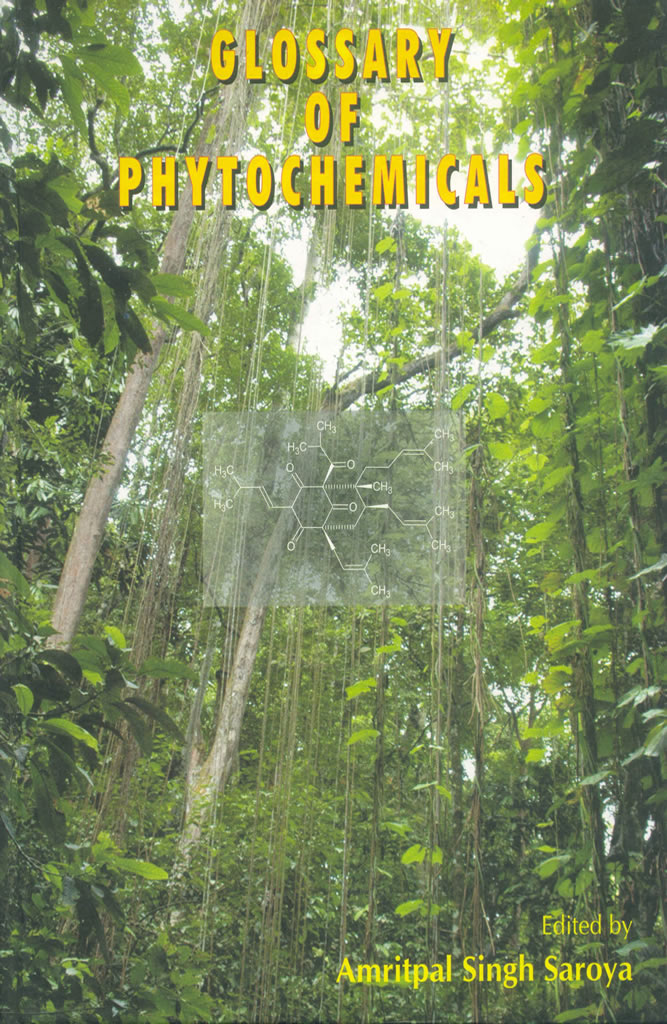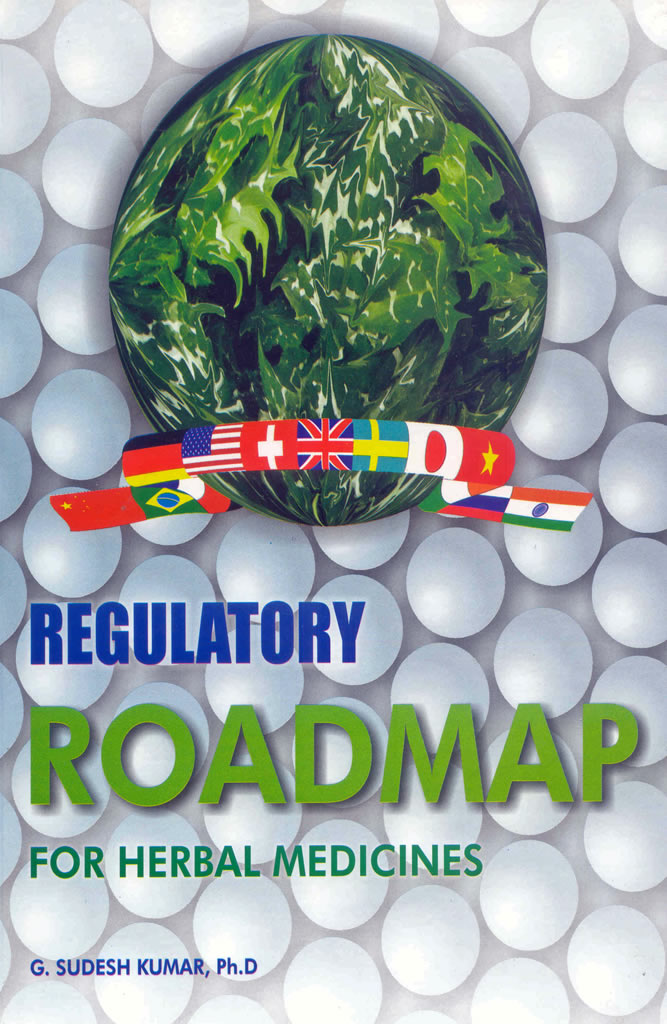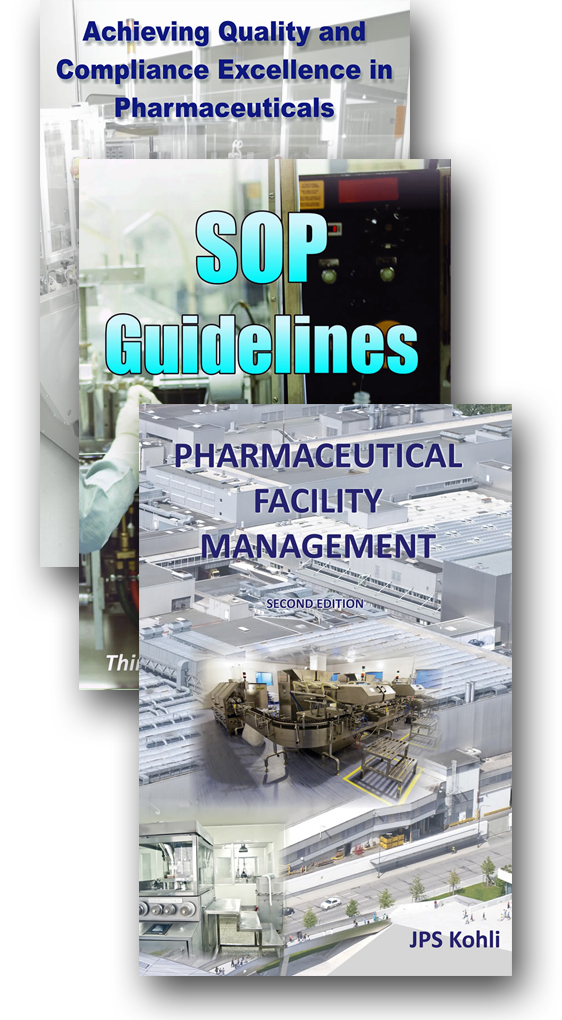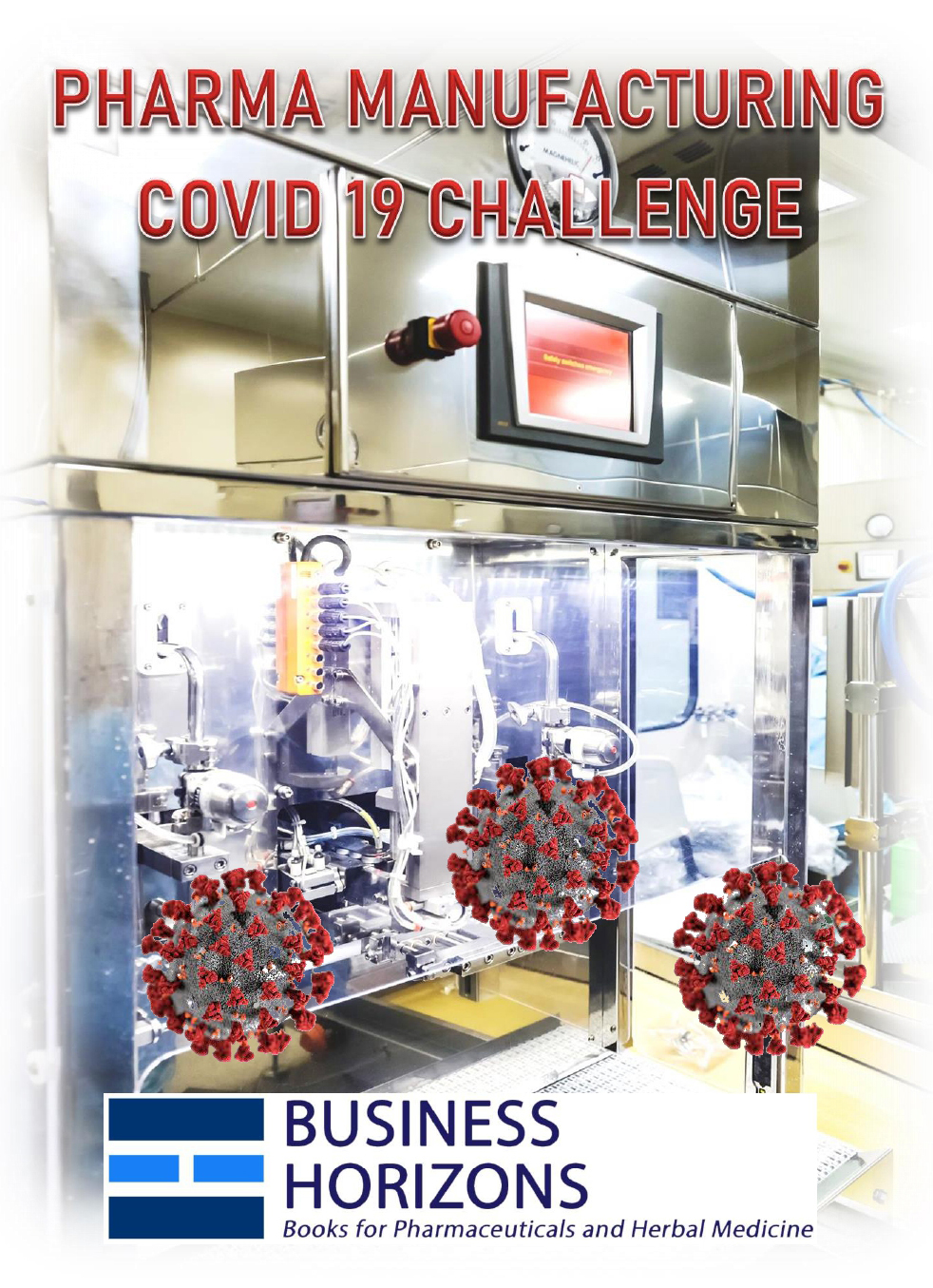CONTENTS
Adhatoda vasica Nees
Distribution and Description
of the Plant
Chemical Constituents
EXTRACTION PROCESS
Specifications Sheet
Adhatoda vasica leaf (Vasaka) Dry Extract
TESTING METHODS
1. Identification of Alkaloids by HPTLC
2. Estimation of Vasicine by HPLC
3. Procedure for Estimation of Total Alkaloids
BIOLOGICAL ACTIVITIES
TOXICITY AND SAFETY ASPECTS
PROPERTIES AND USES
THERAPEUTIC INDICATIONS
DOSAGE
REFERENCES
ADDITIONAL REFERENCES
Aegle marmelos Linn
DISTRIBUTION AND DESCRIPTION OF THE PLANT
CHEMICAL CONSTITUENTS
EXTRACTION PROCESS
SPECIFICATIONS SHEET
Aegle marmelos Fruit Powder
TESTING METHODS
1. Imperatorin
2. Total Alkaloids
3. Mucilages
BIOLOGICAL ACTIVITIES
PROPERTIES AND USES
THERAPEUTIC INDICATIONS
DOSAGE
TOXICITY AND SAFETY ASPECTS
REFERENCES
Aesculus hippocastanum
Distribution and Description of the Plant
Chemical Constituents
EXTRACTION PROCESSES
1. Extraction of Seeds
2. Extraction of Seed Skin (Integument)
Specifications Sheet
1. Aesculus hippocastanum Dry Extract – Spray dried powder
2. Beta Escin
TESTING METHODS
Estimation of Aescin in Aesculus Hippocastanum (Horsechestnut) Extract
BIOLOGICAL ACTIVITIES
SAFETY ASPECTS
PROPERTIES AND USES
THERAPEUTIC INDICATIONS
DOSAGE
REFERENCES
ADDITIONAL REFERENCES
Ammi majus
DISTRIBUTION AND DESCRIPTION OF THE PLANT
CHEMICAL CONSTITUENTS
EXTRACTION PROCESS
Xanthotoxin (Methoxsalen)
Specifications Sheet
Xanthotoxin (Methoxsalen)
TESTING METHODS
Testing by HPLC Procedure
BIOLOGICAL ACTIVITIES
SAFETY ASPECTS
PROPERTIES AND USES
THERAPEUTIC INDICATIONS
DOSAGE
REFERENCES
Artemisia annua
DISTRIBUTION AND DESCRIPTION OF THE PLANT
CHEMICAL CONSTITUENTS
EXTRACTION PROCESS
SPECIFICATIONS SHEET
1. Artemisia annua herb Thick Paste
2. Artemisinin
3. Artemether
4. Arteether
5. Artesunate
TESTING METHODS
Estimation of Artemisinin
BIOLOGICAL ACTIVITIES
TOXICITY AND SAFETY ASPECTS
PROPERTIES AND USES
THERAPEUTIC INDICATIONS
DOSAGE
REFERENCES
ADDITIONAL REFERENCES
Asparagus racemosus Willd
DISTRIBUTION AND DESCRIPTION OF THE PLANT
CHEMICAL CONSTITUENTS
EXTRACTION PROCESS
SPECIFICATIONS SHEET
Asparagus racemosus (Shatavari) Dry Extract
TESTING METHODS
Estimation of Saponins
BIOLOGICAL ACTIVITIES
TOXICITY AND SAFETY ASPECTS
PROPERTIES AND USES
THERAPEUTIC INDICATIONS
DOSAGE
REFERENCES
ADDITIONAL REFERENCES
Azadirachta indica A. Juss
DISTRIBUTION AND DESCRIPTION OF THE PLANT
CHEMICAL CONSTITUENTS
EXTRACTION PROCESSES
1. Extraction Process of Leaf Extract
2. Extraction Process of Bark Extract
3. Process of isolation Gedunin - an antimalarial compound of Neem bark
4. Extraction Process of Azadirachtin from Neem Seeds
SPECIFICATIONS SHEET
1. Azadirachta indica (Neem) Leaf Dry Extract
2. Azadirachta indica (Neem) Bark Dry Extract
3. Azadirachtin
4. Azadirachta indica (Neem) Seed Kernel Oil
TESTING METHODS
1. Thin Layer Chromatographic System of Azadirachtin
2. Determination of bitterness value in Neem leaves, bark and seed extracts
3. Determination of Total Bitters
4. Estimation of Azadirachtin In Neem Products by HPLC method
BIOLOGICAL ACTIVITIES
TOXICITY AND SAFETY ASPECTS
PROPERTIES AND USES
THERAPEUTIC INDICATIONS
DOSAGE
REFERENCES
ADDITIONAL REFERENCES
Coleus forskohlii (Willd.) Briq
Distribution and Description of the Plant
Chemical Constituents
EXTRACTION PROCESS
Specifications Sheet
Coleus forskohlii Root Powder
TESTING METHODS
GLC Method of Assay of Forskolin
Biological Activities
PROPERTIES AND USES
THERAPEUTIC INDICATIONS
REFERENCES
Crataeva nurvala Buch – Ham
Distribution and Description of the Plant
Chemical Constituents
EXTRACTION PROCESS
Specifications Sheet
Crataeva nurvala Dry Extract
TESTING METHODS
1. Estimation of Saponin in Crataeva
Nurvala Extract
2. Estimation of Lupeol by HPLC
Biological Activities
PROPERTIES AND USES
THERAPEUTIC INDICATIONS
DOSAGE
REFERENCES
Curcuma longa Linn
DISTRIBUTION AND DESCRIPTION OF THE PLANT
Chemical Constituents
EXTRACTION PROCESSES
Extraction Process of Curcuminoids 95.0% and above
Specifications Sheet
1. Curcuminoids
2. Curcuma longa Dry Extract
3. Turmeric (Curcuma longa) Soft Extract (Oleoresin)
4. Curcuma longa Rhizomes Oil
TESTING METHODS
1. Estimation Of Curcumin and Colour Value by Spectrophotometric Methods
2. Estimation by HPLC
3. Estimation by Alkalimetric Method [E. Merck]
4. TLC System for Curcuminoids
Biological Activities
TOXICITY STUDIES AND SAFETY ASPECTS
PROPERTIES AND USES
THERAPEUTIC INDICATIONS
DOSAGE
REFERENCES
ADDITIONAL REFERENCES
Gloriosa superba Linn
Distribution and Description of the Plant
Chemical Constituents
EXTRACTION PROCESS
Specifications Sheet
1. Colchicine
2. Gloriosa superba rhizomes Dry Extract
TESTING METHODS
1. Estimation of Colchicine by HPLC Procedure
2. TLC System for Colchicine and other Alkaloids
Biological Activities
SAFETY ASPECTS
PROPERTIES AND USES
THERAPEUTIC INDICATIONS
REFERENCES
ADDITIONAL REFERENCES
Glycine max Merrill
Distribution and Description of the Plant
Chemical Constituents
PROCESS FLOW OF SOYA BEAN EXTRACTION
EXTRACTION PROCESSES
1. Solvent Extraction Process
2. Isolation and Purification of Lecithin
3. Isolation of Choline Phosphatide
4. Preparation of Liposomes
5. Characterization of Liposomes
6. Process of Soya – Phytochemical Extract (SPE)
7. Process for manufacturing Tocopherols and Phytosterols from oil refineries waste
SPECIFICATIONS SHEET
1. Soya bean Extract
2. Soya Isoflavones Powder
3. Soya Lecithin Paste
4. Soya Lecithin Powder
5. Soya sterols Powder
6. D-Delta-Rich mixed Tocopherols
TESTING METHODS
1. Estimation Method of Soya Sterols in Various Fractions of Soya
2. Assay for Total Tocopherol
3. G C Determination of Sterols and Tocopherols In D.O
4. HPLC Analysis Procedure of Isoflavones in Extract or Supplements
5. Estimation of Saponins in Soya Phytochemical Extract [SPE] and other Soya Products
6. HPLC Analysis of Choline Phosphatide in Commercial Lecithin Paste / Powder / Preparations
Biological Activities
CONTRAINDICATIONS AND SAFETY ASPECTS
TOXICITY AND SAFETY
PROPERTIES AND USES
DOSAGE
REFERENCES
ADDITIONAL REFERENCES
Holarrhena antidysenterica Wall ex DC
Distribution and Description of the Plant
Chemical Constituents
EXTRACTION PROCESS
Specifications Sheet
Holarrhena antidysenterica (Kurchi) Bark Dry Extract
TESTING METHODS
Estimation of Total Alkaloids
Biological Activities
TOXICITY AND SAFETY ASPECTS
PROPERTIES AND USES
THERAPEUTIC INDICATIONS
DOSAGE
REFERENCES
ADDITIONAL REFERENCES
Lagerstroemia speciosa [L.] Pers.
Distribution and Description of the Plant
Chemical Constituents
EXTRACTION PROCESS
Specifications Sheet
Lagerstroemia speciosa (Banaba) leaves Dry Extract-spray dried powder
TESTING METHODS
1. Estimation of Corosolic Acid by HPLC
2. Estimation of Total Tannins
Biological Activities
TOXICITY AND SAFETY ASPECTS
PROPERTIES AND USES
THERAPEUTIC INDICATIONS
DOSAGE
REFERENCES
ADDITIONAL REFERENCES
Matricaria recutita Linn
Distribution and Description of the Plant
Chemical Constituents
EXTRACTION PROCESS
SPECIFICATIONS SHEET
1. Matricaria recutita flowers Soft Extract
2. Matricaria chamomilla (Chamomile) Oil
TESTING METHODS
1. TLC System for Essential Oil
2. TLC System For Flavonoids
Biological Activities
SAFETY AND TOXICITY ASPECTS
PROPERTIES AND USES
THERAPEUTIC INDICATIONS
REFERENCES
ADDITIONAL REFERENCES
Ocimum sanctum Linn
Distribution and Description of the Plant
Chemical Constituents
EXTRACTION PROCESSES
1. Oleoresin
2. Process for Dry Extract
3. Process of Ocimum sanctum leaves Juice Extract
Specifications Sheet
1. Ocimum sanctum Leaves Dry Extract
2. Processed Ocimum sanctum (Tulsi) leaves Thick Paste (Oleoresin)
TESTING METHODS
1. Estimation of Ursolic Acid in Extract
2. Determination of volatile oil and its analysis
Biological Activities
PROPERTIES AND USES
THERAPEUTIC INDICATIONS
DOSAGE
REFERENCES
ADDITIONAL REFERENCES
Phyllanthus emblica Linn
Distribution and Description of the Plant
Chemical Constituents
EXTRACTION PROCESSES
1. Phyllanthus emblica extract powder
2. Extraction Process of Oil Soluble Phyllanthus emblica Extract
Specifications Sheet
1. Processed Phyllanthus emblica (Amla) Fruit Dry Powder
2. Emblica officinalis (Fresh Amla Juice) Dry Extract – Spray Dried Powder
3. Phyllanthus emblica (Amla) fruit oil Soluble Extract
TESTING METHODS
1. Determination of Tannins by the method published by WHO
2. Testing Procedure of Tannins by U.S.S.R.P X Method
3. Analysis of Tannins by High performance capillary electrophoresis [HPCE]
4. Assay Of Ascorbic Acid by HPLC
5. Estimation of Ascorbic acid by IP-1996 method p. 67
6. TLC System for Ascorbic Acid
7. TLC System for Gallic Acid
Biological Activities
TOXICITY AND SAFETY ASPECTS
PROPERTIES AND USES
THERAPEUTIC INDICATIONS
DOSAGE
REFERENCES
ADDITIONAL REFERENCES
Piper nigrum
Distribution and Description of the Plant
Chemical Constituents
EXTRACTION PROCESSES
1. Extraction Process for Oleoresin
2. Extraction Process for Dry Powder
3. Extraction of Piperine
Specifications Sheet
Piper nigrum Dry Extract
TESTING METHODS
1. Estimation of Piperine in Piper Nigrum Dry Extract
2. Estimation of Piperine in Piper Nigrum Extract by HPLC
3. Estimation by Spectrometric Method
Biological Activities
SAFETY ASPECTS
PROPERTIES AND USES
THERAPEUTIC INDICATIONS
DOSAGE
REFERENCES
ADDITIONAL REFERENCES
Podophyllum emodi Wallich
Distribution and Description of the Plant
Chemical Constituents
EXTRACTION PROCESSES
1. Podophyllum Resin
2. Podophyllotoxin
Specifications Sheet
1. Podophyllum Resin
2. Podophyllotoxin
3. Etoposide
TESTING METHODS
1. Estimation of Podophyllotoxin by HPLC Procedure
2. By TLC – UV Spectrophotometer
3. Assay as per IP- 1966 Procedure
Biological Activities
TOXICITY AND SAFETY ASPECTS
PROPERTIES AND USES
THERAPEUTIC INDICATIONS
DOSAGE
REFERENCES
ADDITIONAL REFERENCES
Psoralea corylifolia Linn
Distribution and Description of the Plant
Chemical Constituents
EXTRACTION PROCESS
For Dry Extract
Specifications Sheet
Psoralea corylifolia (Babchi) Dry Extract
TESTING METHODS
1. By HPLC Method
2. By Spectrophotometric Method
Biological Activities
PROPERTIES AND USES
THERAPEUTIC FUNCTIONS
DOSAGE
TOXICITY AND SAFETY ASPECTS
REFERENCES
ADDITIONAL REFERENCES
Pterocarpus marsupium Roxb.
Distribution and Description of the Plant
Chemical Constituents
EXTRACTION PROCESS
For Dry Extract
Specifications Sheet
Pterocarpus marsupium Wood Dry Extract
TESTING METHODS
1. Estimation of Total Tannin Compounds
2. Analysis of Epicatechin and other Flavonoids by Gas Chromatography as Trimethylsilyl Derivatives
3. HPLC method of analysis of – Epicatechin
Biological Activities
TOXICITY AND SAFETY ASPECTS
PROPERTIES AND USES
THERAPEUTIC FUNCTIONS
DOSAGE
REFERENCES
ADDITIONAL REFERENCES
Sida cordifolia Linn
Distribution and Description of the Plant
Chemical Constituents
EXTRACTION PROCESS
Specifications Sheet
Sida cordifolia root Dry Extract
TESTING METHODS
1. Ecdysterone by HPTLC - Indian Herbal Pharmacopoeia, 1999, Vol.II
2. Procedure for Estimation of Total Alkaloids as Ephedrine
Biological Activities
PROPERTIES AND USES
THERAPEUTIC FUNCTIONS
DOSAGE
TOXICITY
SAFETY ASPECTS AND ADULTERANTS
REFERENCES
ADDITIONAL REFERENCES
Taxus wallichiana Zucc
Distribution and Description of the Plant
Chemical Constituents
EXTRACTION PROCESS
Specifications Sheet
Taxol
TESTING METHODS
Biological Activities
TOXICITY AND SAFETY ASPECTS
THERAPEUTIC INDICATIONS
DOSAGE
REFERENCES
ADDITIONAL REFERENCES
Terminalia arjuna (Roxb.) Wight & Arnot
Distribution and Description of the Plant
Chemical Constituents
EXTRACTION PROCESS
Specifications Sheet
Terminalia arjuna Dry Extract
TESTING METHODS
1. Testing Procedure of Tannins (By U.S.S.R.P. Method) In Terminalia arjuna Bark (Arjuna) Extract
2. Testing Procedure of Triterpenic Glycosides by Liberating Sapogenins
3. Testing Procedure of Triterpenic Glycosides by Gravimetric Method
Biological Activities
PROPERTIES AND USES
THERAPEUTIC INDICATIONS
DOSAGE
REFERENCES
ADDITIONAL REFERENCES
Terminalia chebula Retz
Distribution and Description of the Plant
Chemical Constituents
EXTRACTION PROCESSES
1. Extraction process of Tannic Acid
2. Extraction process of Ellagic Acid
Specifications Sheet
1. Terminalia chebula Dry Extract
2. Tannic acid-Pharmacopoeial grade
TESTING METHODS
1. Testing Procedure of Tannins (By U.S.S.R.P. Method) in Terminalia chebula Fruit (Harir) Extract
2. HPLC Procedure for Analysis of Tannins P. 1755 U.S.P XXIV
Biological Activities
PROPERTIES AND USES
THERAPEUTIC INDICATIONS
DOSAGE
REFERENCES
ANNEXURES
Annexure – 1 Ayurveda Institutes In India
Annexure – 2 World Herb Associations
Index of Chemical Constituents

